BMW X5: Relays
RELAY CARRIER
Place special tool 61 1 153 on relay carrier (1) and carefully pull in
direction of arrow until retaining lugs (2) on
relay carrier are raised.
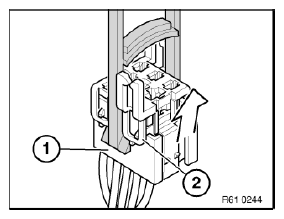
Fig. 257: Pulling Relay Carrier
Pull relay carrier (2) in direction of arrow into first catch (3).
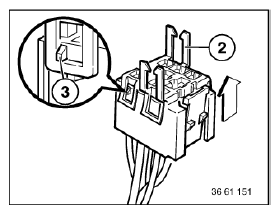
Fig. 258: Pulling Relay Carrier Into First Catch
Press down arrester hook (4) of appropriate contact and pull out cable with
contact.
Press out double flat spring contact with special tool 61 1 136 or 61 1 137
(ejector).
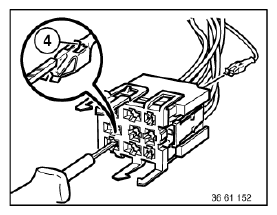
Fig. 259: Pressing Down Arrester Hook Of Appropriate Contact
REMOVING AND INSTALLING/REPLACING AIR SUPPLY UNIT RELAY
After completing work:
Necessary preliminary tasks:
- Remove ignition key.
- Remove trim panel for instrument panel at bottom right.
Release screw (1) and fold down fuse box.
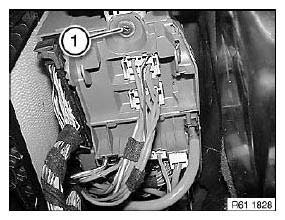
Fig. 260: Identifying Screw
Pull relay (1) from fuse box.
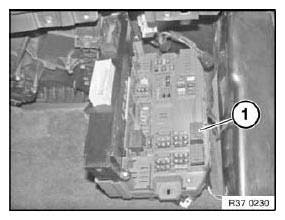
Fig. 261: Identifying Relay
READ NEXT:
OVERVIEW OF WINDSCREEN WIPER, WINDSCREEN WASHER AND HEADLIGHT
WASHER SYSTEMS
Fig. 262: Overview Of Windscreen Wiper, Windscreen Washer And Headlight
Washer Systems
Rear window wiper blade
Wiper a
OVERVIEW OF WINDSCREEN WIPER, WINDSCREEN WASHER AND HEADLIGHT
WASHER SYSTEMS
Fig. 273: Overview Of Windscreen Wiper, Windscreen Washer And Headlight
Washer Systems
Rear window wiper blade
Wiper a
OVERVIEW OF WINDSCREEN WIPER, WINDSCREEN WASHER AND HEADLIGHT
WASHER SYSTEMS
Fig. 283: Overview Of Windscreen Wiper, Windscreen Washer And Headlight
Washer Systems
Rear window wiper blade
Wiper a
SEE MORE:
Special tools required:
24 2 390
IMPORTANT: After completion of work, check transmission oil level.
Use only approved transmission fluid.
Failure to comply with this requirement will result in serious damage to the
automatic transmission!
Necessary preliminary tasks:
Remove underbody protecti
Principle
Values for the trip, such as the average consumption
or trip kilometers, are displayed.
General information
The trip data can be displayed on the Control
Display and in the instrument cluster.
The values can be displayed and reset depending
on various intervals, such as after refueling.
D






